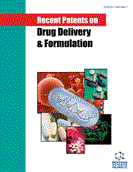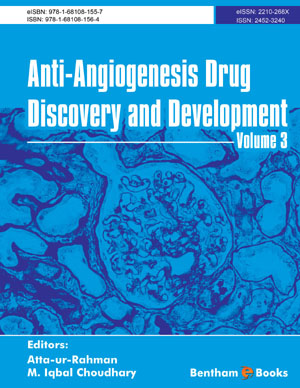Abstract
Various applications of SMEDDS are discussed in detail in this chapter, which include: upgrading the solubility and bioavailability, protection against biodegradation, effortless production and scale-up, diminishment in inter-subject and intra-subject inconstancy and food impacts, the capability to convey peptides that are liable to enzymatic hydrolysis in GIT, no impact on the lipid digestion and improvement in drug loading capability. Different variables affecting the performance of SMEDDS formulation are the nature, amount of the drug, polarity of the lipophilic phase, and a charge on a droplet of emulsion. Globule size, percent transmission, robust dilution, zeta potential measurement, cloud point estimation, stability studies, in vitro lipolysis, in vitro drug release assessment, permeability study, etc., are various evaluation parameters for SMEDDS/LBDDS that are discussed briefly. This chapter highlights various advantages, evaluation parameters, and marketed products related to SMEDDS.
Keywords: Digestion of lipids, Enzymatic hydrolysis, Food effect, Globule size, In vitro lipolysis, Solubility equilibrium.






















